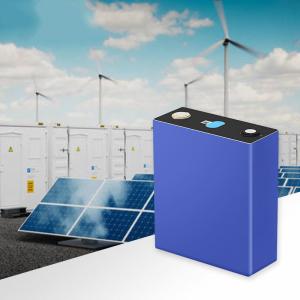
Add to Cart
3.2V 304Ah LFP Prismatic Cell EV Car Battery Aluminium Case Cell
Prismatic cell is often used for high capacity battery applications to optimise the use of space. These designs use a stacked electrode structure in which the anode and cathode foils are cut into individual electrode plates which are stacked alternately and kept apart by the separator. The separator may be cut to the same size as the electrodes but more likely it is applied in a long strip wound in a zig zag fashion between alternate electrodes in the stack.

FQA:
1.Can a lithium battery last 15 years?
A: Lithium-ion solar batteries are becoming increasingly popular in solar systems; they are expensive but have the highest energy density and their lifespan is longer than that of lead-acid batteries. These batteries last about 15 to 20 years, depending on the manufacturer and the quality of the battery.
2.Q: What is the latest EV battery technology?
A: Also known as lithium ferrous phosphate (LFP) batteries, the type to be produced at the new plant are a lower-cost alternative to the nickel- and cobalt-containing batteries used in most electric vehicles in the US and Europe today.
3.Q: Will graphene replace lithium?
A: Graphene sodium-ion and graphene aluminum-ion batteries can potentially replace lithium-ion batteries as they are much cheaper and easier to recycle, and sodium and aluminum are more abundant in nature compared to lithium.
4.Q: What is the forever battery?
A: In battery technology parlance, solid-state batteries (SSBs) are sometimes called “forever batteries.” That's because these batteries promise to far outlast traditionally technologies that rely on the electrochemical discharge of ionic solutions.